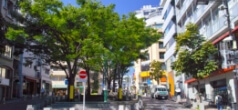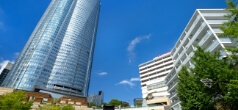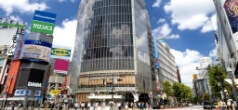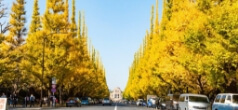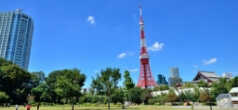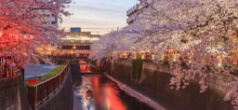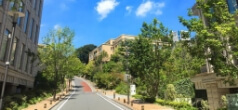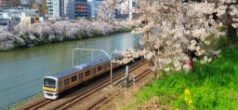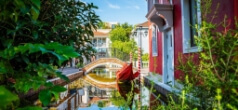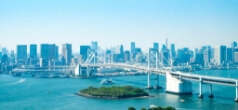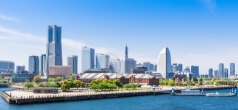Shinjuku/Yotsuya/Hanzomon
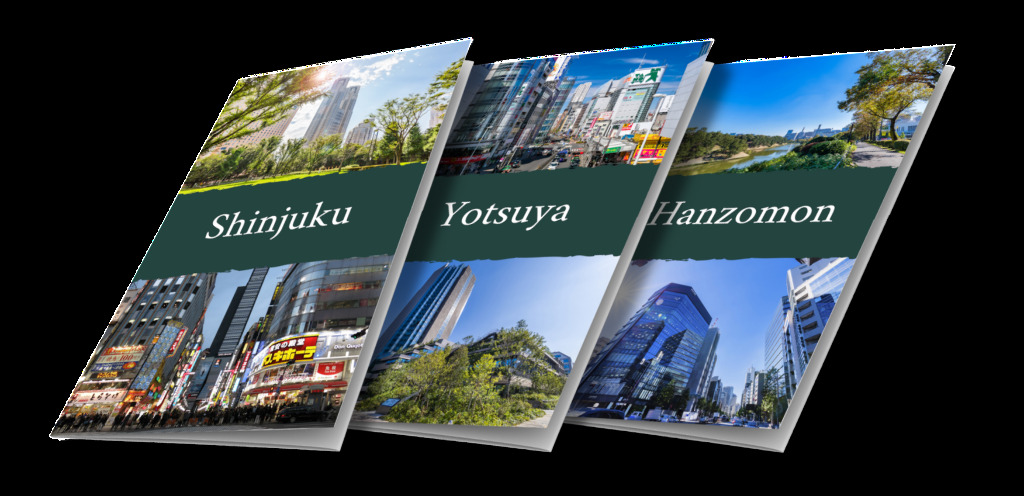
Shinjuku
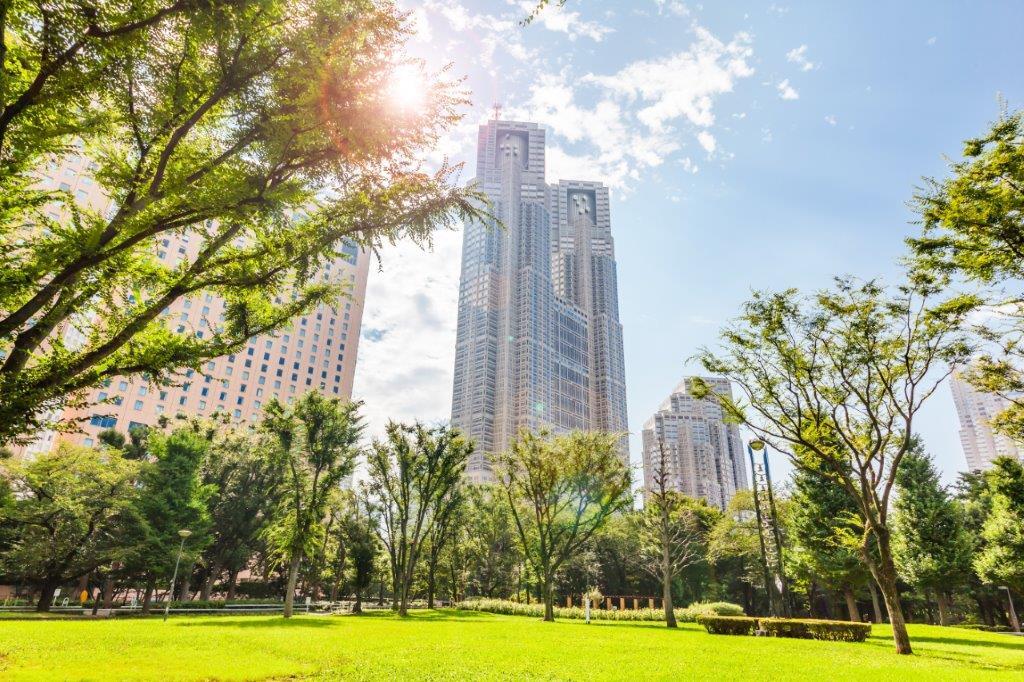
Shinjuku is a multicultural area known to have the world's busiest railway station, Shinjuku Station, served by many railway and subway lines, having millions of passengers every day. Shinjuku Station also has one of the largest bus terminals in Tokyo for long-distance and overnight buses.
Shinjuku offers literally everything. Shopping streets, countless dining options, department stores, karaoke, hotel accommodations, tall office buildings, an observatory, a large garden, and the list goes on.
But real estate wise, it is not so suitable for families with kids to live due to the crowdedness and its not-kids-friendly-face that starts showing as the sun goes down. With that being said, there are also quiet neighbourhoods away from the station with high-end tower apartments as well.
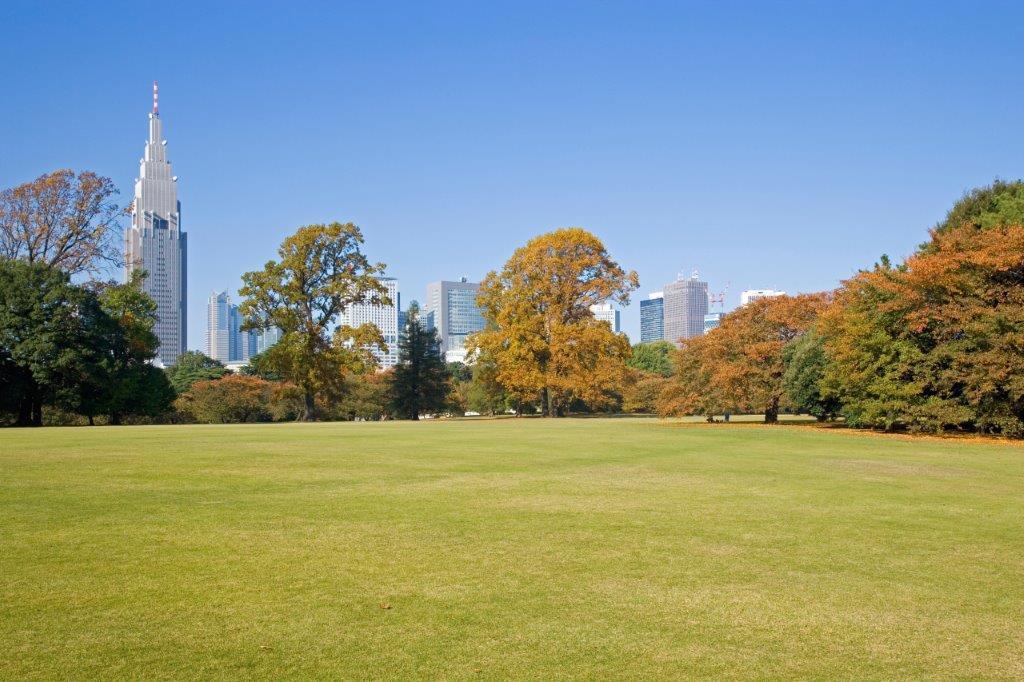
Shinjuku Gyoen National Garden is a vast park that boasts immaculate lawns and many cherry trees. Ever since it became open to the public in 1949, locals enjoy having picnics throughout the year, and cherry blossom viewing in the spring season.
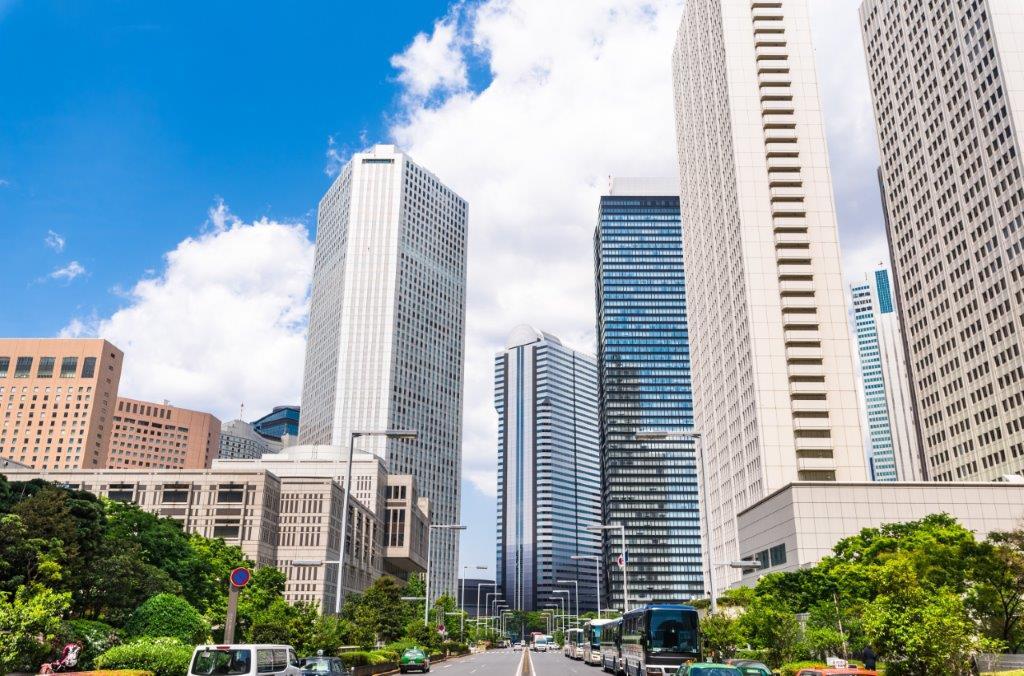
Shinjuku is divided into Higashi (east) and Nishi (west) Shinjuku by the train lines that run through Shinjuku Station.
Nishi-Shinjuku, west of the station, is home to many skyscrapers that comprise offices of world leading companies, making Shinjuku a major business district. There are also high-class hotels, and the Metropolitan Government Office building as well.

On the other hand, Higashi-Shinjuku, east of the station, is focused on entertainment. Many retail shops, dining establishments, arcades and cinemas can be found in this district.
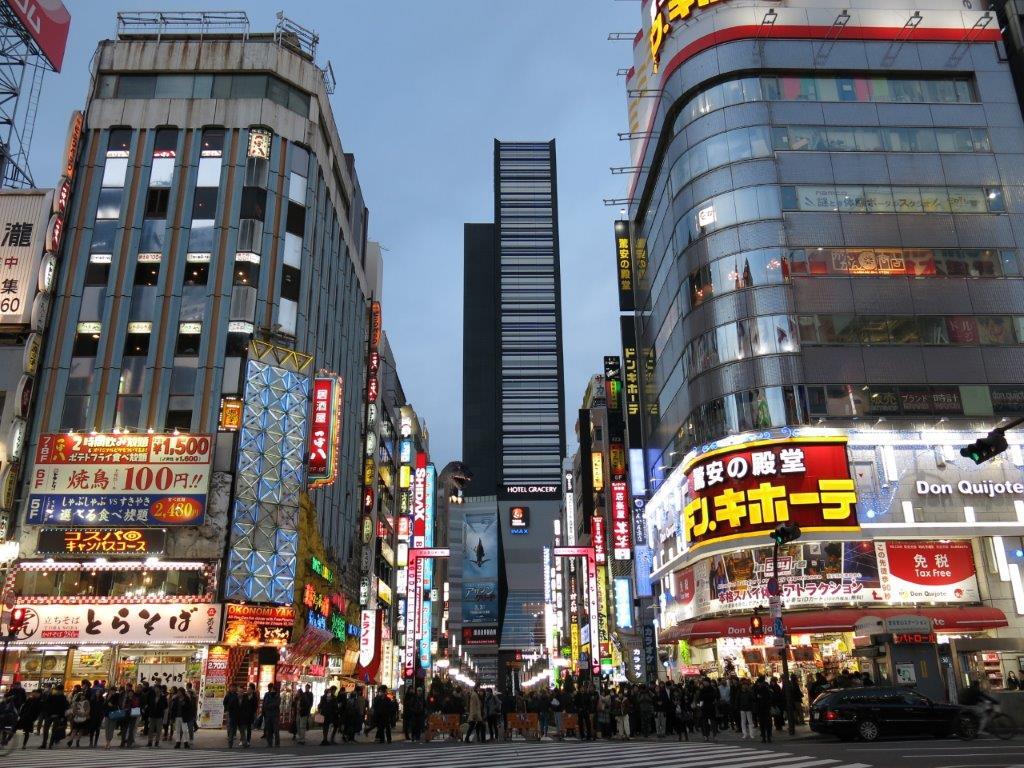
Kabukicho, Japan's biggest red light district, also lies in Higashi-Shinjuku, too. Thousands of hostess bars, nightclubs and the famous Robot Restaurant cater to all sexual orientations although you need to watch out for touts trying to rip off foreign tourists.
Another feature of Shinjuku that deserves a paragraph is the gay centre of Tokyo, Shinjuku 2-Chome. No matter if you're straight, gay or somewhere in between, the Tokyo's LGBTQ hub offers some of the most fun nights out in Tokyo.
Okubo is also within Shinjuku ward where many foreigners reside especially Asian people. There are many Asian supermarkets, restaurants and bars. The area around Shin-Okubo Station is known to be the Koreatown, offering loads of Korean shops and restaurants lined along the main road and side streets.
ACCESS
- Shinjuku station on “JR Yamanote” line, “JR Saikyo” line, “JR Shonan-shinjuku” line, “JR Chuo” line, “JR Chuo-Sobu” line, “Keio” line, “Oedo” line & “Odakyu” line
- Okubo station on “JR Chuo-Sobu” line
- Shin-Okubo station on “JR Yamanote” line
Yotsuya
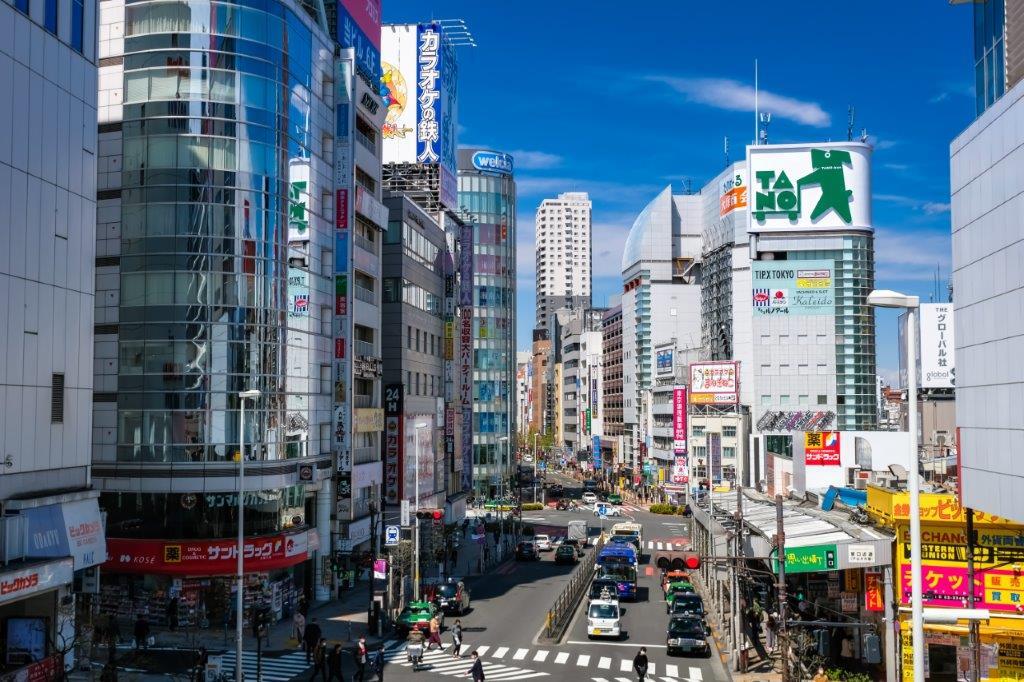
Yotsuya is located in the southeast Shinjuku, and west of the Imperial Palace & Meiji Shrine Outer Garden.
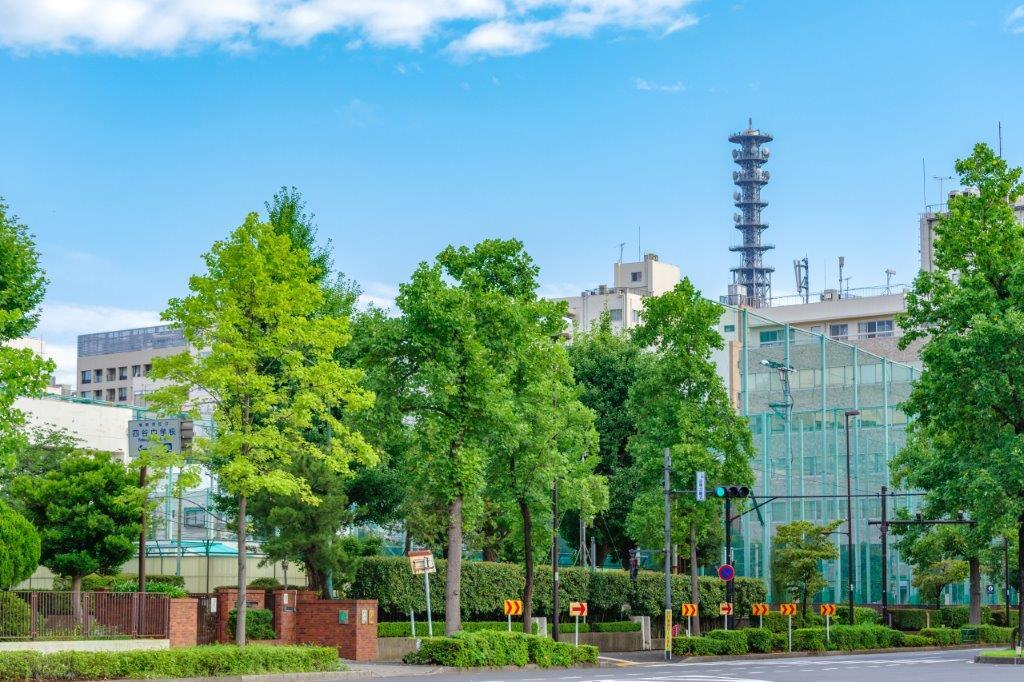
Unlike Shinjuku area, Yotsuya is about quiet and calm residential area ideal for a rather suburban lifestyle. But still convenient for trips to major stations like Tokyo and Shinjuku. In Yotsuya, there is this district called Bancho, which is one of the luxurious neighbourhoods in Tokyo that retains historic Japanese looks, but also boasts a hint of international feel due to the several embassies located within the district.
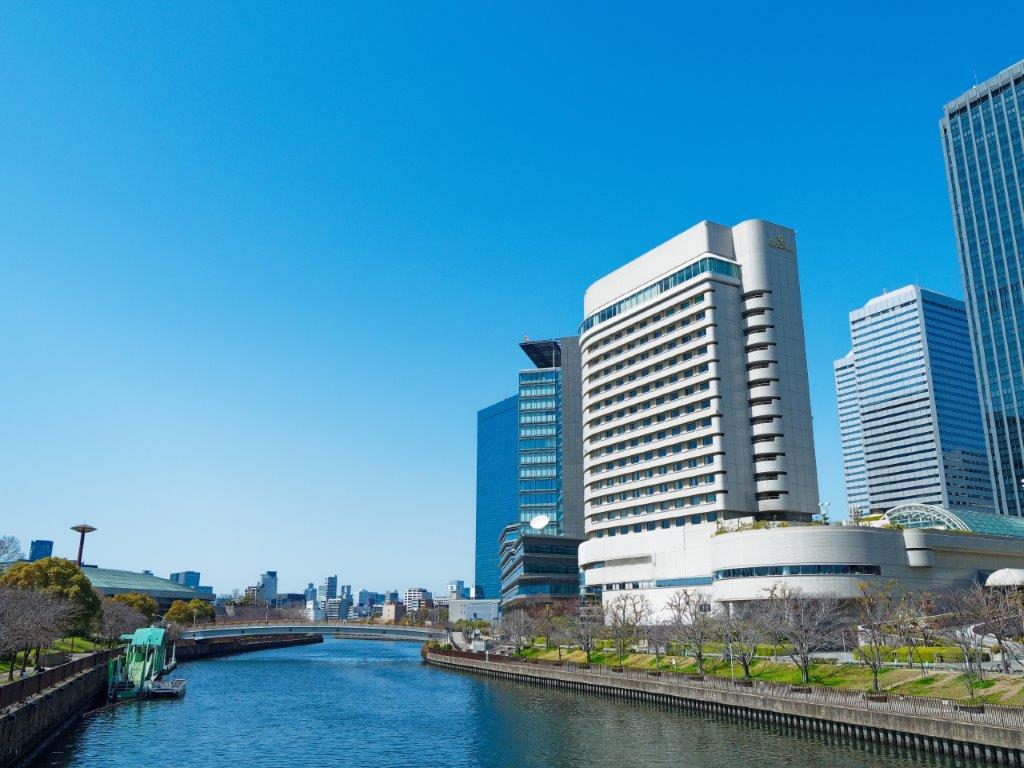
Hotel New Otani, one of the most renowned hotels in Japan, has been the iconic feature in the area with its Japanese Garden open to public. This over 400 years old garden is large, way larger than you may think. And offers beautiful Seisen Pond with many koi fish, vivid red Taiko-bashi Bridge, 6 meter waterfall, and Japanese Rock Garden.
ACCESS
- Yotsuya station on “JR Chuo” line, “JR Chuo-Sobu” line, “Marunouchi” line & “Namboku” line
- Yotsuya 3-chome station on "Marunouchi" line
- Kojimachi station on “Yurakucho” line
- Hanzomon station on “Hanzomon” line
Hanzomon
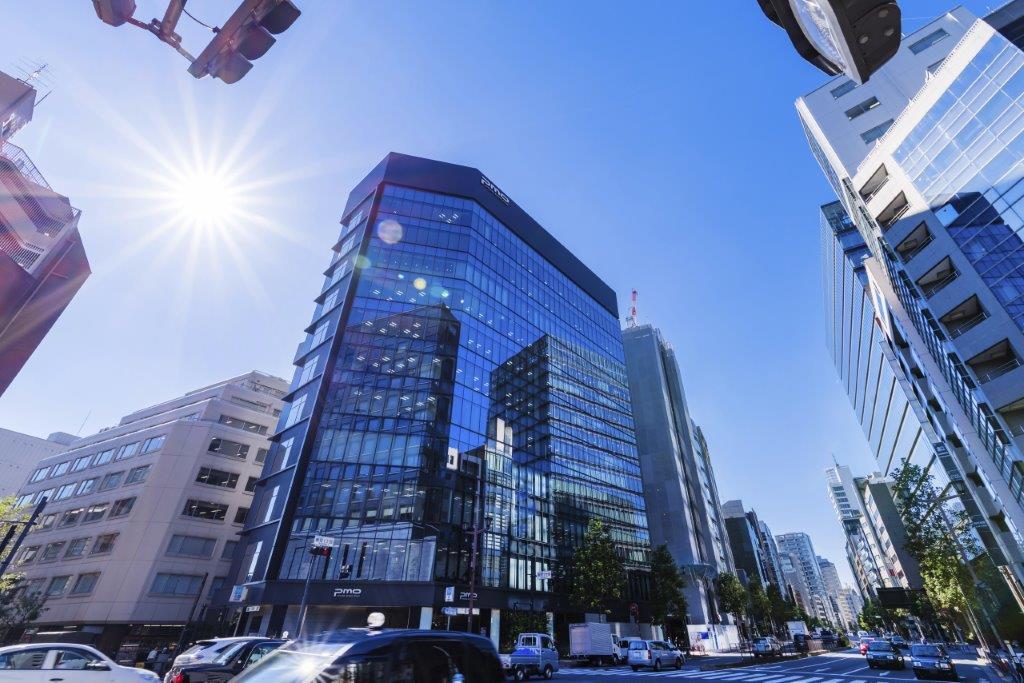
Hanzomon is a residential and business area located just west of the Imperial Palace. There are many luxurious apartments suitable for singles and couples working in the central Tokyo. On the other side of the Imperial Palace is where many large companies are headquartered due to its location being very close to Tokyo Station, and Otemachi/Marunouchi area.
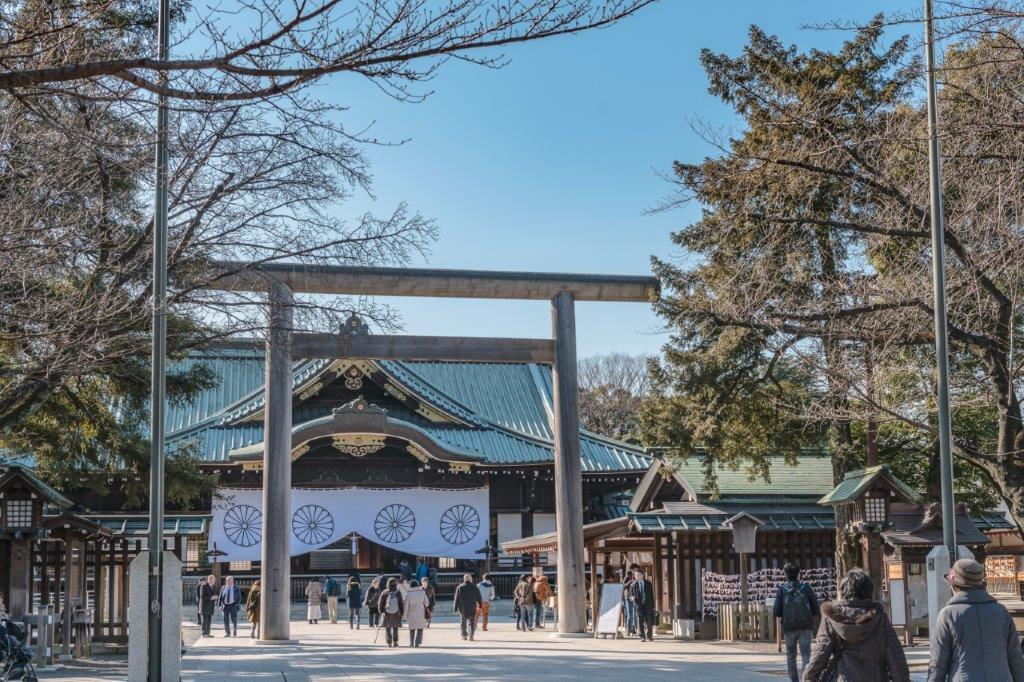
The famous Yasukuni Shrine is located in this area, which was established in 1869 to enshrine those who have sacrificed their lives in war. The name “Yasukuni” means to keep peace in the nation, and many people visit this shrine to commemorate war dead.
ACCESS
- Hanzomon station on “Hanzomon” line
- Kojimachi station on “Yurakucho” line



